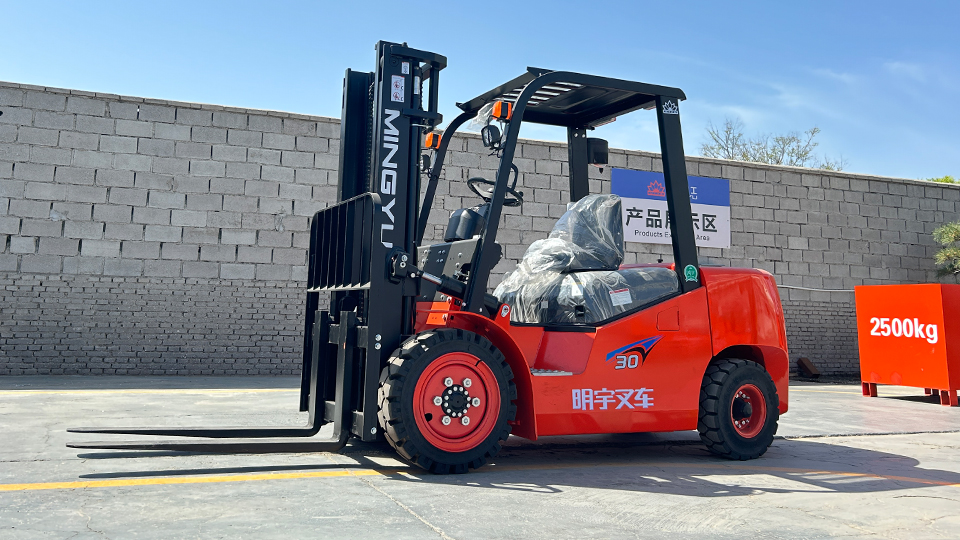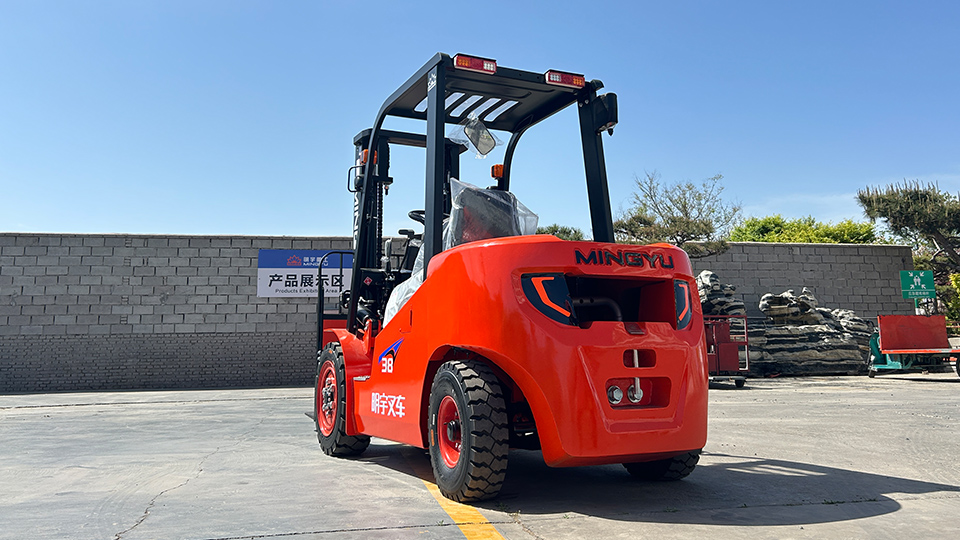
The Mechanics of Consolidation: Meyers Forklift and the Transformation of California Material Handling
1. Introduction: The Era of Dealer Consolidation
The period from the mid-2000s onward marked a significant shift in the North American materials handling landscape, moving away from independent regional dealerships toward large, multi-state enterprises. The acquisition of Meyers Forklift, Inc. (California) assets by Materials Handling Equipment Corp. (MHE) in 2007 is a quintessential example of this trend.
The Subject: Meyers Forklift was a known, established dealership, often specializing in specific forklift brands and serving core metropolitan areas (like Santa Ana and parts of Southern California).
The Acquirer: Materials Handling Equipment Corp. (MHE) was pursuing an aggressive growth strategy to establish a dominant, geographically diverse presence.
The Technical Rationale: Consolidation was driven by the need for larger firms to achieve economies of scale in parts inventory, standardized maintenance protocols, and the ability to serve large national accounts with multiple facilities.

2. Deep Dive: The 2007 MHE Acquisition of Meyers Forklift Assets
The MHE acquisition was a strategic move focused entirely on geographical expansion and market penetration within the highly competitive California logistics sector.
The Transaction: MHE acquired the operational assets of Meyers Forklift, including the customer base, service contracts, parts inventory, and potentially some of the key personnel and facilities.
Strategic Advantage for MHE:
Instant Footprint: Gaining immediate, established access to key logistics corridors in California without the costly, time-consuming process of organic growth.
Brand Synergy: Integrating Meyers's specialized brand portfolio and service expertise, instantly diversifying MHE’s offerings in the region.
Service Density: Increasing the density of service technicians in the lucrative Southern California market, reducing response times, and improving profitability on maintenance agreements.
The Impact on Meyers: For the owners of Meyers Forklift, the transaction offered an exit strategy in a rapidly professionalizing industry where smaller, independent dealers were increasingly squeezed by regulatory compliance burdens (especially in California, such as early CARB regulations) and the operational scale of national competitors.
3. Post-Merger Trajectory: MHE's Evolution and Subsequent Mergers
Understanding who acquired Meyers is only half the story; understanding what became of the acquiring company, MHE, is the full technical narrative of the market's evolution.
A. The Birth of the Next Titan (Post-2007):
Following the acquisition of Meyers, MHE continued its strategy of growth through acquisition, accumulating several dealerships across the Western and Southwestern U.S. This successful roll-up strategy laid the groundwork for the next, even larger consolidation event.
B. The Major Event: The Formation of the New Market Powerhouse:
MHE itself became a key component of a much larger industrial consolidation effort, driven by private equity and major manufacturers seeking market dominance.
While the name Meyers has faded into the history of asset transactions, the operations and territory they once managed are now part of a larger entity that has continued to merge, changing the face of equipment distribution across the entire Western United States. This ongoing consolidation is the primary force shaping the dealer landscape today.
4. Technical Analysis: Why Consolidation is Inevitable in Materials Handling
The trend that subsumed Meyers Forklift is rooted in structural economic pressures unique to the materials handling sector, particularly in California.
Regulatory Compliance: California is an outlier. Stringent environmental regulations, such as the California Air Resources Board (CARB) Zero-Emission Forklift (ZEF) mandate, require massive compliance investments, specialized training, and complex record-keeping. Small, independent dealers often lack the scale and capital to handle this regulatory overhead, making them attractive targets for larger, better-resourced acquirers.
Capital Expenditure: The shift toward telematics and advanced warehouse automation (WMS/WES) requires huge investments in IT infrastructure and highly specialized technical staff. Larger merged entities can amortize these costs over a much larger revenue base.

OEM Pressure: Original Equipment Manufacturers (OEMs)—like Toyota, Hyster-Yale, and Crown—favor working with fewer, larger dealers who can consistently meet high volume and service standards across multiple territories. This pressure often forces smaller dealers toward acquisition.
5. Conclusion: From Meyers to the Mega-Dealer
The acquisition of Meyers Forklift in 2007 was less a singular event and more an early indicator of a fundamental, technical restructuring of the materials handling market. The legacy of Meyers is not found in a continued corporate name, but in the expanded geographical reach and operational efficiency of the successor company, MHE, and its place in the modern consolidated ecosystem.
The current landscape is defined by fewer, larger, and more technologically sophisticated regional dealers capable of meeting the heavy demands of modern logistics, especially those unique to the California regulatory and business environment.
Name: selena
Mobile:+86-13176910558
Tel:+86-0535-2090977
Whatsapp:8613181602336
Email:vip@mingyuforklift.com
Add:Xiaqiu Town, Laizhou, Yantai City, Shandong Province, China